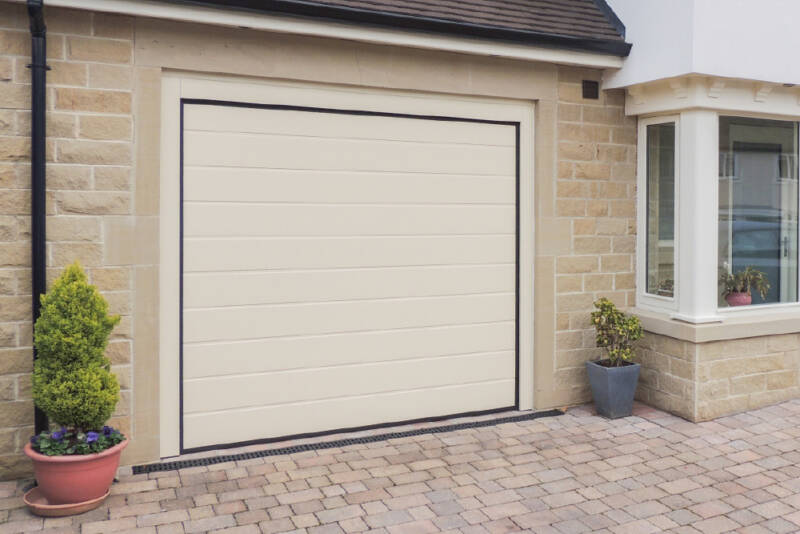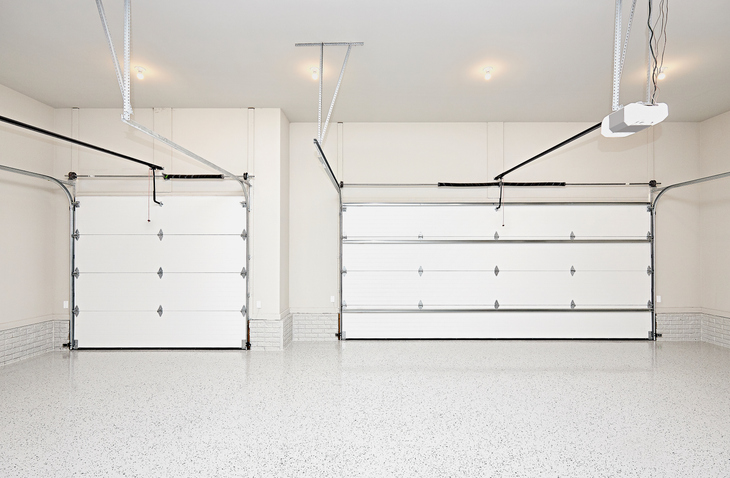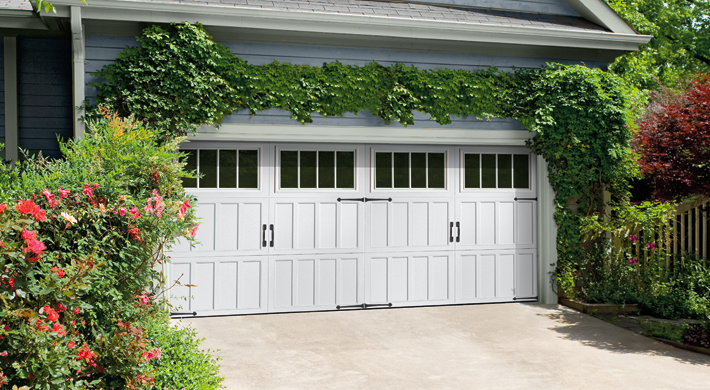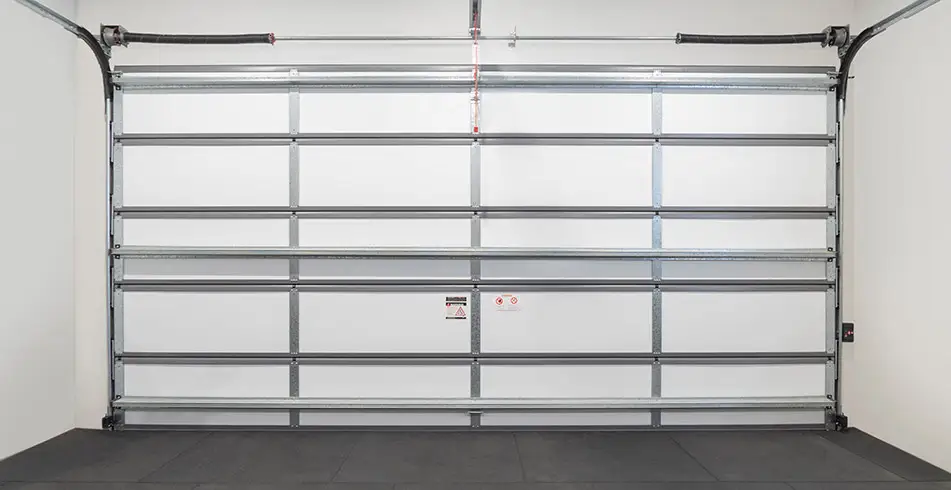As a homeowner, knowing how to replace garage door cables is essential for maintaining the safety and functionality of your garage door. Garage door cables are vital components that ensure your door operates smoothly, and over time, they may wear out and require replacement. In this detailed guide, we will walk you through the process, step-by-step, using straightforward language and offering practical advice.
Before we proceed, it’s important to understand that replacing garage door cables involves working with components under tension. Exercise caution, and if you’re unsure, consider consulting a professional.

Understanding Garage Door Cables
Garage door cables play a crucial role in the operation of your garage door. These cables work with the springs to lift and lower the door safely. There are typically two types of cables: torsion spring cables and extension spring cables. Understanding the type of cable your garage door uses is vital before starting any replacement task.
Types of Garage Door Cables
- Torsion Spring Cables: These cables work with torsion springs, which are mounted above the garage door. Torsion spring cables are more common in modern garage doors.
- Extension Spring Cables: These cables are used with extension springs, which are positioned on either side of the door. This type of cable is more common in older garage door models.
Signs Your Garage Door Cable Needs Replacement
It’s essential to recognize the signs indicating that your garage door cable needs replacement. Some identifiers include:
- Fraying or Wear: Visible signs of wear, fraying, or rusting indicate the cable is weakening and needs replacement.
- Garage Door Off-Track: If your garage door has come off its track, it may be due to a damaged cable.
- Uneven Movement: A lopsided or jerky door movement often points to a problematic cable.
Tools Required for Replacing Garage Door Cables
Before diving into the replacement process, ensure you have the appropriate tools on hand, such as:
- Wrenches and Pliers: Necessary for loosening and tightening bolts.
- Safety Gear: Gloves and safety glasses to protect yourself from potential injuries.
- Ladders: Sturdy ladders to reach heights safely.
- New Cables: Ensure you have purchased the correct replacement cables.
Step-by-Step Guide to Replacing Garage Door Cables
Follow these steps to replace your garage door cables safely and effectively.
1. Disconnect the Garage Door Opener
Before starting, disconnect your garage door opener to prevent accidental operation of the door during the replacement.
2. Secure the Garage Door
Ensure the garage door is securely in place, halfway up and stabilized using clamps or locking pliers on the tracks.
3. Remove Old Cables
With the door stabilized, carefully remove the old, worn-out cables by loosening the set screws or bolts holding them in place. Exercise caution during this step to avoid abrupt tension release.
4. Install New Cables
Install the new cables by threading them through the pulley system and attaching them to the drum or spring as previously configured. Ensure the cables are routed correctly and securely fastened.
5. Adjust Tension
Once the new cables are installed, adjust the tension appropriately on torsion springs using winding bars or follow the specific method for extension springs. This step might require precision, so follow manufacturer guidelines.
6. Test the Door
After installation, test the garage door by reconnecting the opener and operating the door. Check for smooth, balanced movement. Make any necessary adjustments to ensure proper functionality.
Maintaining Your Garage Door Cables
Regular maintenance ensures longevity and efficiency of your garage door cables. Here are some tips to help you maintain your garage door cables:
- Regular Inspection: Periodically inspect the cables for signs of wear or damage to address issues early.
- Lubrication: Apply appropriate lubricant to keep the cables and other moving parts in good condition.
- Professional Check: Schedule a professional inspection and maintenance routine periodically for comprehensive upkeep.
Safety Precautions
While performing any garage door cable replacement task, prioritize safety. Here are vital precautions to follow:
- Wear Safety Gear: Gloves and safety glasses protect you from potential injuries.
- Use Sturdy Ladders: Ensure you use ladders that provide stability and reach safely.
- Consult Professionals: If unsure, don’t hesitate to consult with a professional for advice or assistance.
Conclusion
Replacing garage door cables can seem daunting, but with the right guidance and precautions, its achievable. Understanding how to replace garage door cables empowers homeowners to enhance safety and improve their garage door’s longevity. For more information on garage door maintenance and repair, visit our common problems, and more.
FAQ
Q1: How often should garage door cables be replaced?
Garage door cables should be inspected regularly and replaced as soon as visible wear, fraying, or damage is detected. Generally, checking them annually is a good practice.
Q2: Can I replace garage door cables myself?
Yes, you can replace garage door cables yourself with the right tools, safety precautions, and guidance. However, if unsure, it’s advisable to consult a professional.
Q3: How much does it cost to replace garage door cables?
The cost of replacing garage door cables varies depending on whether you do it yourself or hire a professional. Typically, DIY costs include only the price of cables and basic tools, while professional service may include labor fees.
For further regulatory guidelines on garage door repair and maintenance, you can visit US Government repair guidelines.










